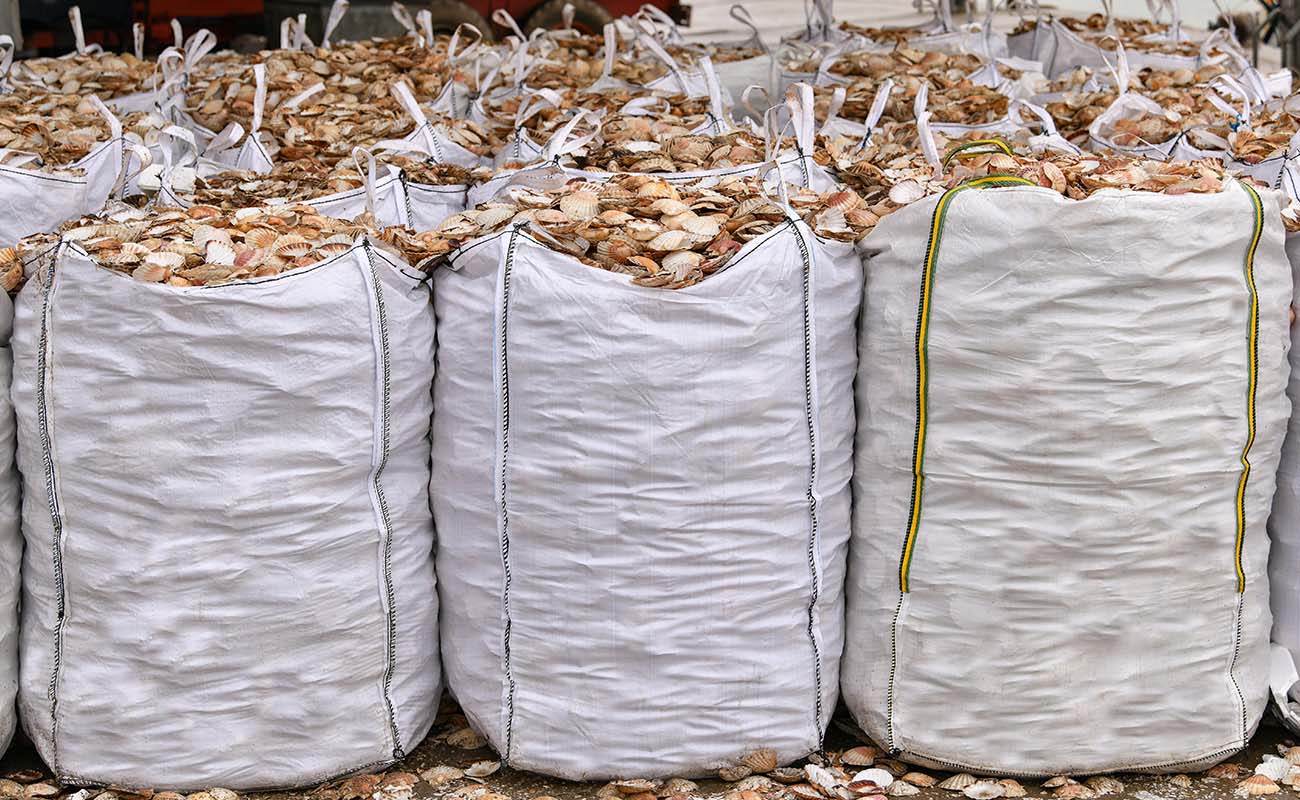FIBC Capacity Explained – Rishi FIBC
There are many products that industries have to store and/or transport using containers. Rather than opting for plastic containers that are expensive and not very environmentally friendly, companies should take a closer look at FIBC bags. These bags offer more flexibility and versatility for transporting and storing dry products that also can flow.
Flexible intermediate bulk container or FIBC has widespread use in industrial settings. It offers a seamless way to store and transport dry but flowable products, like granules of plastic, sand, and fertilizer. Hence, when it comes to FIBC bulk bags, it is important to determine their capacity, so that your company doesn’t get it wrong and end up with incorrectly sized FIBC bags.
FIBC Capacity Measurement
The capacity of FIBC bags is measured in cubic feet. So, when measuring the capacity, always take into consideration the width, height, and length of the bags. It is only then that you will get an accurate figure for the volume and based on this, you can decide whether the FIBC bulk bags suit your needs.
The easiest way to calculate the capacity of FIBC bags is to measure the width, height, and length and then multiply the resultant numbers. The total will give you the volume. In case the volume is in cubic inches, you can convert it to cubic feet or even cubic yards. There are 1,728 cubic inches in one cubic foot and 27 cubic feet in one cubic yard.
Using the same calculation principle, you can convert cubic yards into cubic feet or cubic inches.
Finding the Right FIBC Supplier
A reputable FIBC supplier such as Rishi FIBC Pvt Ltd will always ensure customers have access to all three dimensions to make an informed purchase decision. As a result, you will know the exact number of FIBC bulk bags you will require to store or transport your products. This not only saves you time and money, but it also prevents you from unnecessary delays and storing FIBC bulk bags that you will not use.
When determining the capacity of FIBC bags, it makes sense to also find out the maximum weight each bag can hold. This will give you a much clearer picture of the weight that the bags can transport or carry. This is also a requirement to calculate the number of FIBC bulk bags required.
Now that you know how to calculate and measure FIBC capacity, use it to your advantage to ensure optimal storage and transportation solutions for your business.







